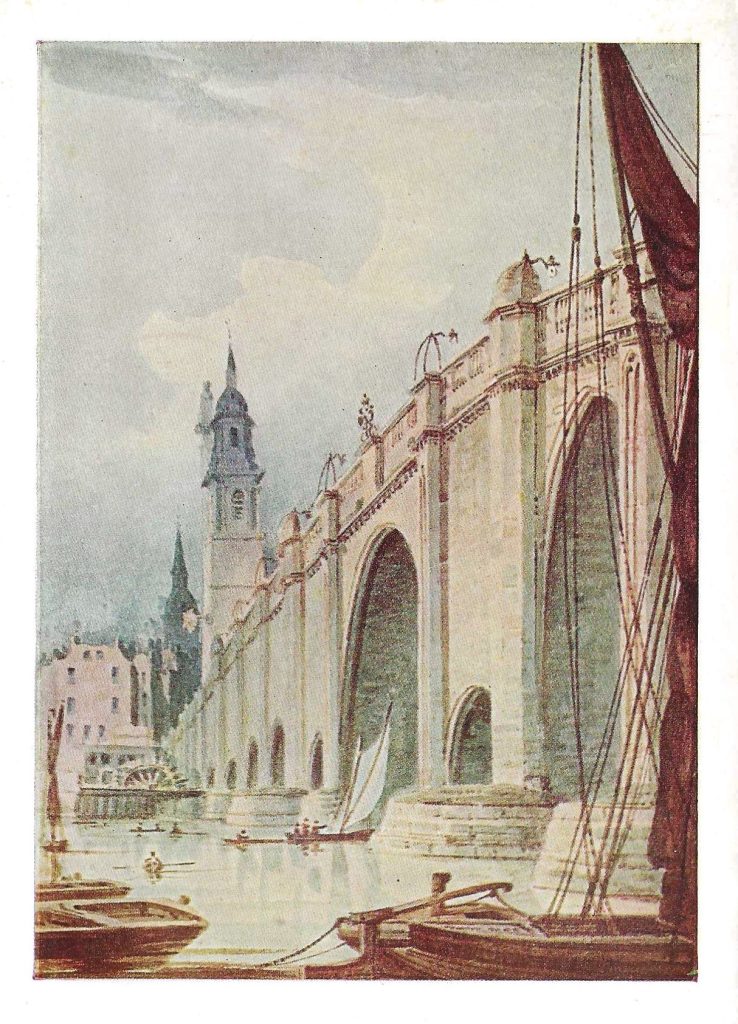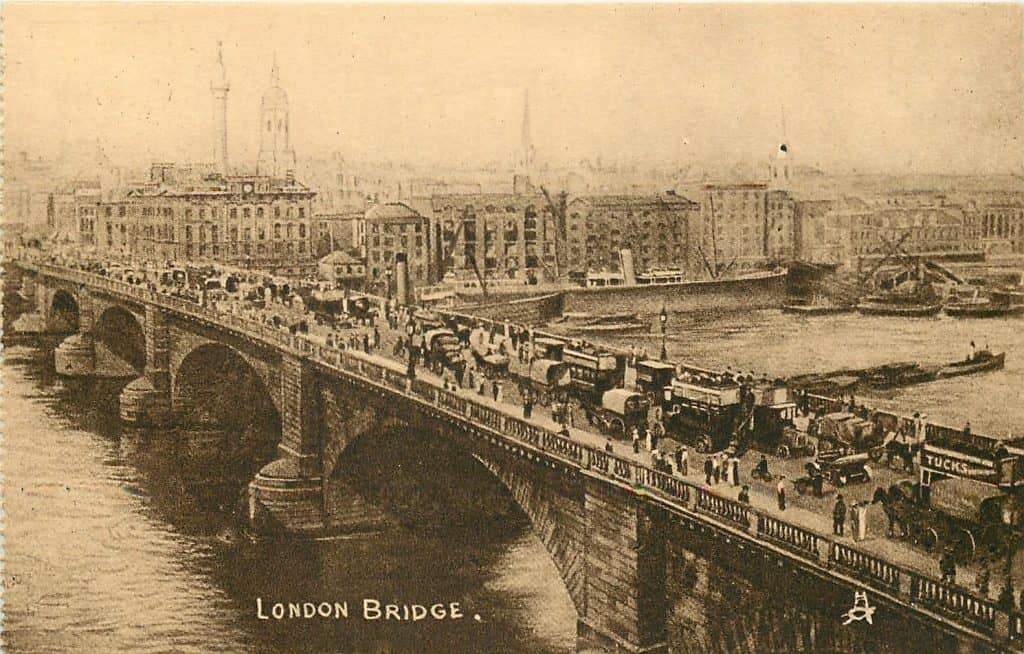Harry Spencer retired in 1973. He was 73 years old, but just a few months before, he had seen a dream come true and no longer felt a need to work. His story is not funny or sad, nor is it poignant or emotional. His story is that of an old man who worked to live and lived to work. “Workaholic” is the word that best described Harry.

Harry was born on Easter Sunday (April 15th) 1900 in Southwick – a London neighborhood – on the south bank of the Thames River. His father was a bridgekeeper; his mother trained as a nurse but only worked as one during the Great War.
Harry’s father served with “the forces” during the war and on his return home he went back to the job he had taken when his father retired. It was what would later become known as a patronage position. A job that the worker’s oldest son could inherit. In 1919 that is exactly what happened.
When Harry Spencer moved to Arizona, he rented apartment #16 at the Bridgeside Apartments complex. At first his neighbors thought him to be a bit peculiar but as they got to know him, they understood why. He was new to America, but he was here on a work project, and he held a valid Green Card. Simply stated Harry moved to Arizona because his job moved to Arizona. The bridge on which Harry worked was the London Bridge.
***
The London Bridge, that spanned the River Thames for nearly 140 years, had a history that was rich with events and personalities, just like the city itself. The first London Bridge was completed in 1209, the bridge was a necessary connection between the ancient city of London and the southern bank of the Thames. Through the centuries, the bridge had several renovations and reconstructions, reflecting the shifts in architectural styles and building materials.
The initial wooden structure was replaced by a stone bridge after the previous wooden version was destroyed by fire. The second iteration had a long life, enduring the trials of time, fire, and the heavy foot traffic of pedestrians, merchants, and horse-drawn carriages. By the 18th century, the bridge was a bustling thoroughfare, complete with shops, houses, and even a chapel, making it not only a passageway into the city, but an entire community in and of itself. It was around the same time that a staff of workers was hired to keep the bridge in good repair.
By the end of the 1820s, the bridge was showing signs of wear, primarily due to the increasing traffic. Around 1828 a new bridge, designed by John Rennie was made public for consideration and it was completed in 1831. Being essentially a granite-arched structure, it promised lasting durability. However, it too grew inadequate. London was then the world’s largest city and still growing. As the population increased, so did the motor vehicles. The motorcar was seen as the most damaging influence and the bridge finally closed to traffic in 1968, as it was deemed unfit to handle the demands of modern transportation.

In a twist of fate, the old London Bridge was put up for sale. The attempted sale was the laughingstock of the city. The agents claimed it would decongest the area and encourage the building of a new and more practical bridge downstream. Enter Robert P. McCulloch, an American industrialist and founder of Lake Havasu City, Arizona. Recognizing the potential for a unique tourist attraction, McCulloch purchased the old bridge for $2.46 million in 1968.
The bridge was disassembled, with each stone carefully labeled, crated, and shipped to Arizona – mostly under the supervision of Harry Spenser. The shipping process was an extraordinary feat, involving transporting over 10,000 blocks across the Atlantic Ocean. After a journey of approximately 5,000 miles, the bridge arrived in Lake Havasu City in 1971, where it was meticulously reconstructed. The project was overseen by a team of engineers that was advised in dozens of details by Harry Spenser acting as the primary technical consultant. The restored bridge was opened to the public as a “village” centerpiece in 1972.
Lake Havasu City became a hotspot for tourism, drawing visitors who cherished the bridge’s past. It took a few decades before the citizens could appreciate the dichotomy of the reconstructed bridge as it stood in its new desert surroundings. The bridge, even though it is old, enhances the aesthetic of the area and contributes to the local economy through tourism.
Today, London Bridge is not just a relic; it serves a very valid purpose. It is an exciting reminder of how history can be preserved. Each day of the year, thousands of people cross the London Bridge in Lake Havasu City, many of them unaware of its London origins, while others appreciate the completed journey that this structure has taken – from the banks of the Thames to the shores of Lake Havasu.
It is now more than forty years since Harry Spencer retired. He died in 1975, but his obituary included the fact that he was the first to walk across the London Bridge when it was some place other than in Merry ‘ole Londontown.
There was once a widely held belief that the Londoners had duped their American cousins and that McCulloch believed that he was buying London’s famous Tower Bridge. Even as late as 1974 the ‘Illustrated London News’ of the 1st of October 1974 included a report from which the following is a brief extract. . “…we kept returning to London Bridge, as though it were a first principle. The bridge was sold to McCulloch in 1968 for $2.46 million and another $6.5 million was spent carting it over and re-creating it as symbol of international goodwill”. A nasty rumour continues to circulate… Read more »
I never realized there was a difference. I assumed when we were in London and of course at The Tower of London, that the bridge we saw there was what had replaced the bridge that was in Arizona. It wasn’t until you said this that I looked at a map of London and realized the difference. Thanks. I’m sure I’ve heard what was accurate while at one or the other of the two places, but it’s funny when a fact will actually hit you and take hold.
Interesting. I think you will find that the London area mentioned is Southwark. Southwick is in Sussex
Also in Sussex is Lewes, “sister city” of Lewes, Delaware, which is in Sussex County Delaware. Lewes is known as “The first town in the first state”.
I remember a story about London Bridge’s upcoming relocation to Arizona appearing in My Weekly Reader when I was in third or fourth grade.
Interesting to learn this story… but also when it was rebuilt it seems that it is a concrete bridge cladded with the original stones. Instead of been entirely a Stone bridge as it was originally built